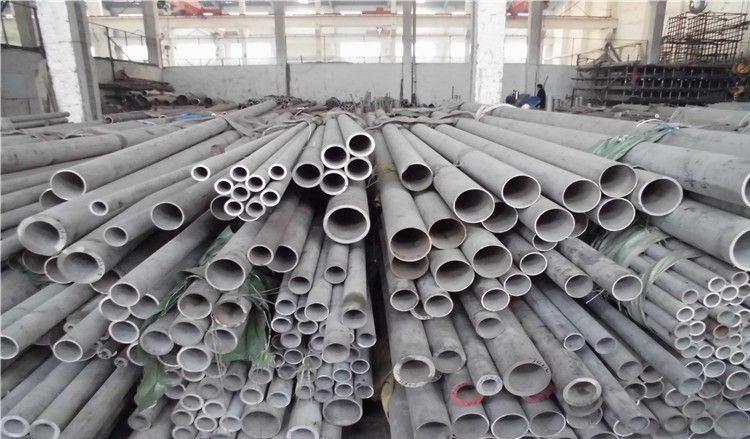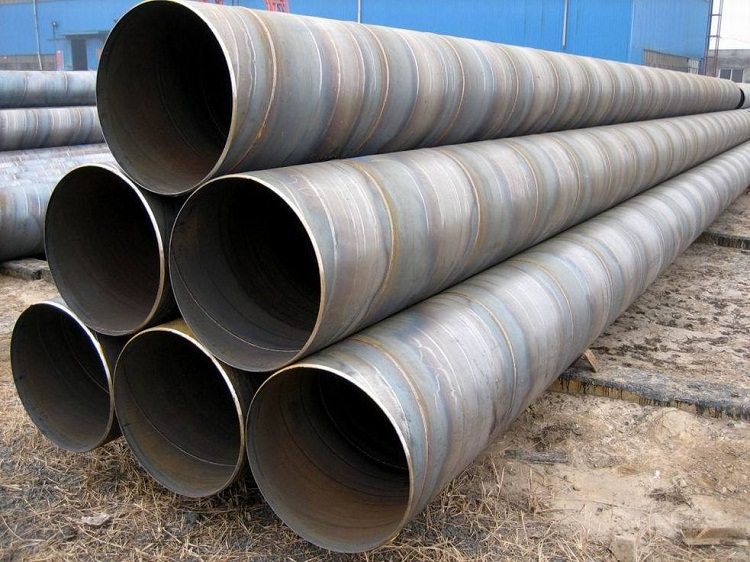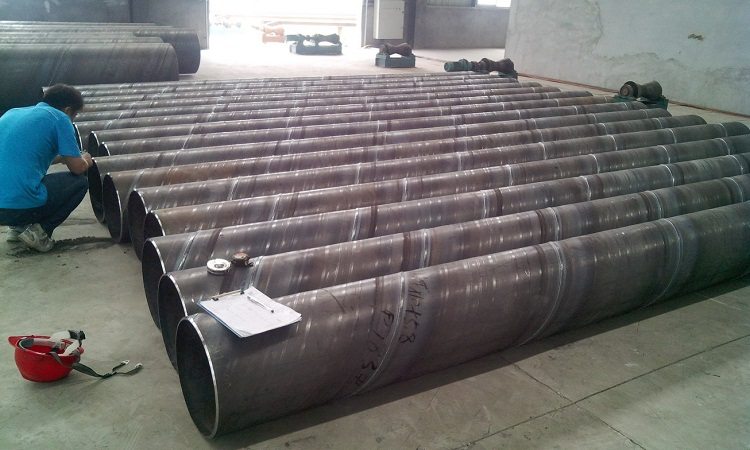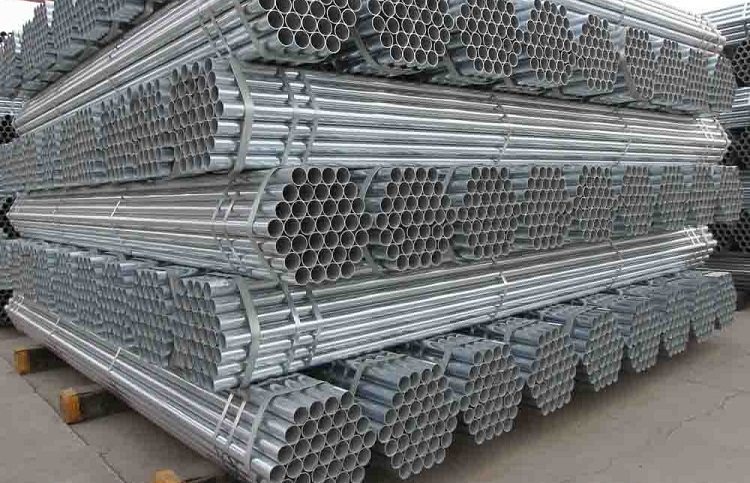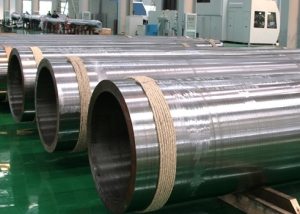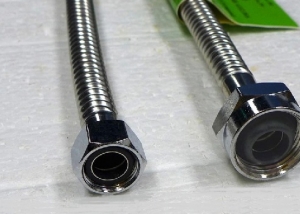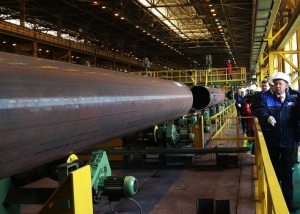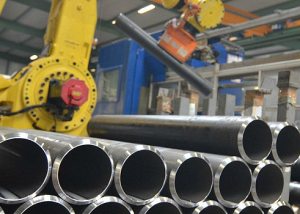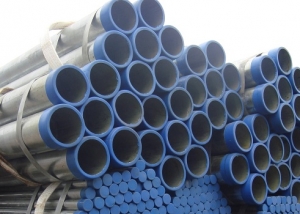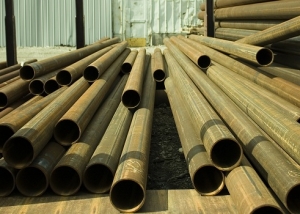When buying small batches of stainless pipes, a parameter such as weight is unlikely to interest the buyer. But when planning the device of overall structures, the optimal calculation of the load is possible only if there are full physical characteristics of these products. In addition, lots are sold on a production scale in tons (not meters). Therefore, the weight per linear meter of stainless steel products is an extremely important indicator.
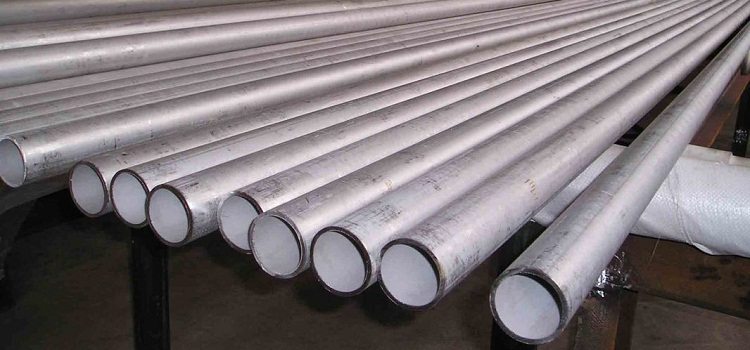
To successfully use stainless pipes in everyday life and industry, you need to know their technical characteristics and parameters
Content
Why do I need to know the weight of a stainless steel pipe?
“Why know the weight of steel pipe products?” - the question is really reasonable. First of all, the calculation of this parameter is not so much an economically feasible action as the right one from the point of view of safety. If you miss this stage when designing any structure (pipeline or building), construction work may not even have time to complete before the destruction of the structure.
Of course, counting the right amount of steel products also significantly saves the budget of a company or group interested in construction. You will know exactly what costs you will have to face and what adjustments you can make to the plan. Correct calculations also allow the consumer to understand how many fasteners are needed for a given structural load.
Similar calculations are carried out during the installation of pipelines from products made of other materials: reinforced polypropylene, cast iron, copper, etc. Typical dimensions are indicated in the product documents.
How can I calculate the weight of a stainless steel pipe?
So, for the correct calculation, we will need the following quantities:
- specific gravity of a certain steel grade;
- wall thickness of the product;
- pipe diameter;
- footage (running meters).
The first indicator, specific gravity, can be found in the table with typical data. It presents the characteristics of the most common variations of steel alloys.
Table 1
| Alloy alphanumeric designation | A kind of steel grade | Specific Gravity (in g / m3) |
| 30HGSA | Structural Alloy | 7,85 |
| 5XHM | Tool stamp | 7,8 |
| 65g | Structural spring-spring | 7,85 |
| X12MF | Tool stamping (2) | 7,7 |
| St3sp (St3ps) | Structural carbon | 7,87 |
| 10/20/30/40 | Structural carbon (high quality) | 7,85 |
| 09G2S | Low alloy structural | 7,85 |
| 08X18H10T (0X18T1) | Stainless heat resistant corrosion resistant | 7,9 |
| 12X18H10T | Stainless structural cryogenic | 7,9 |
| 04X17T | Corrosion resistant ordinary | 7,72 |
If necessary, calculate the weight of a stainless steel pipe as a basis, you can take the weight indicator of a cubic meter of steel at 7.9 tons.
The wall thickness and diameter of the products can be found in the relevant GOSTs. An exception may be cases when pipes are manufactured not according to standard parameters, but according to the individual requirement of the customer.
The most common types of steel pipes are electrowelded (physical dimensions are regulated by the provisions of GOST 11068-81). The method of manufacturing such pipes is considered the most simple, therefore, electric-welded products have an optimal cost and are most often used in everyday life.
Important! The thickness of products from alloys 04X17T and 0X18T1 is limited by the regulatory document: it is no more than 2 mm.
The existing sizes of such stainless pipes are presented in the table.
table 2
| Outer Diameter (in mm) | Wall thickness | |||||||||||||
| 4 | 3,5 | 3,2 | 3 | 2,8 | 2,5 | 2,2 | 2 | 1,8 | 1,5 | 1,4 | 1,2 | 1 | 0,8 | |
| 102 | + | + | + | + | + | + | + | + | + | |||||
| 89 | + | + | + | + | + | + | + | + | + | |||||
| 83 | + | + | + | + | + | + | + | + | + | |||||
| 76 | + | + | + | + | + | + | + | + | + | + | + | |||
| 70 | + | + | + | + | + | + | + | + | + | + | + | |||
| 65 | + | + | + | + | + | + | + | + | + | + | + | |||
| 63 | + | + | + | + | + | + | + | + | ||||||
| 60 | + | + | + | + | + | + | + | + | ||||||
| 57 | + | + | + | + | + | + | + | + | ||||||
| 56 | + | + | + | + | + | + | + | + | ||||||
| 55 | + | + | + | + | + | + | + | + | ||||||
| 53 | + | + | + | + | + | + | + | + | ||||||
| 50 | + | + | + | + | + | + | + | + | ||||||
| 45 | + | + | + | + | + | + | + | + | + | |||||
| 43 | + | + | + | + | + | + | + | + | + | |||||
| 42 | + | + | + | + | + | + | + | + | + | |||||
| 40 | + | + | + | + | + | + | + | + | + | |||||
| 38 | + | + | + | + | + | + | + | + | + | |||||
| 36 | + | + | + | + | + | + | + | + | + | |||||
| 35 | + | + | + | + | + | + | + | + | + | |||||
| 34 | + | + | + | + | + | + | + | + | + | |||||
| 33 | + | + | + | + | + | + | + | + | + | |||||
| 32 | + | + | + | + | + | + | + | + | + | |||||
| 30 | + | + | + | + | + | + | ||||||||
| 28 | + | + | + | + | + | + | ||||||||
| 25 | + | + | + | + | + | + | + | |||||||
| 22 | + | + | + | + | + | + | ||||||||
| 20 | + | + | + | + | + | + | ||||||||
| 19 | + | + | + | + | + | + | ||||||||
| 18 | + | + | + | + | + | + | ||||||||
| 17 | + | + | + | + | + | + | ||||||||
| 16 | + | + | + | + | + | + | + | |||||||
| 14 | + | + | + | + | + | + | ||||||||
| 12 | + | + | + | + | + | + | + | |||||||
| 11 | + | + | + | + | + | |||||||||
| 10 | + | + | + | |||||||||||
| 9 | + | + | + | |||||||||||
| 8 | + | + | + | |||||||||||
Having received all the necessary data, you can proceed to the calculations according to the formula. The weight value is the product of the volume of steel on the surface of the product. In order to more or less accurately know the volume of steel alloy in a given number of pipes, the wall thickness of the products is multiplied by an indicator of surface area. The surface area, in turn, is determined by the product of the diameter of the stainless pipe, its length in meters and a constant number pi (3.14).
So, consider a simple example. Suppose we have an abstract stainless pipe with the following dimensions: its diameter will be 100 millimeters, the wall thickness will be 2 millimeters, and the length of a single piece is 10 meters. We make calculations in meters.
So, the weight of this design will be like this:
7900 (specific gravity of stainless steel) x 0.1 (diameter) x 10 (length of the segment) x 0.002 (wall thickness) x 3.14 = 49.612 kg.
This formula is true in theory, but in practice gives not as accurate results as we would like. The dimensions of the round pipe prevent one hundred percent correct calculation.
Further calculations will be carried out according to a simplified formula, which is based on the dimensions of the stainless steel pipe and the mass result obtained in the previous example:
Weight per linear meter of stainless pipe = (diameter on the outside [in mm] - wall thickness [in mm]) x wall thickness [in mm] x 0.045 [rounded steel weight in kg] = (D-T) x T x 0, 05.
So, in our case, the weight is 1 mp steel pipes will be equal to:
(100-2) x 2 x 0.05 = 9.8 kg / meter.
By the way, to calculate the weight per linear meter of varieties of stainless steel structures, there are other formulas:
- stainless square profile: A (side value) x A x 0.0079 [kg];
- stainless rectangular profile: (B + A - 2S) x 0.0158 [kg] x S.
Is it always necessary to calculate the weight of a stainless pipe?
With specialized products, things are different. If you need the mass of the pipe, the sizes of which do not differ from the standard, it is not necessary to carry out calculations. It’s easier to use a ready-made table. We give an example of a table of correspondence of physical data of square shaped pipes.
Table 3
| The length of the sides of the profile pipes (a / b) - indicator in mm | Weight (kg / m) | Wall thickness (indicator in mm) |
| 15-15 | 0,479 | 1 |
| 15-15 | 0,926 | 2 |
| 20-20 | 0,62 | 1 |
| 20-20 | 1,225 | 2 |
| 25-25 | 0,793 | 1 |
| 25-25 | 1,554 | 2 |
| 30-30 | 0,942 | 1 |
| 30-30 | 2,296 | 2,5 |
| 40-40 | 1,240 | 1 |
| 40-40 | 2,447 | 2 |
| 50-50 | 2,340 | 1,5 |
| 50-50 | 3,860 | 2,5 |
| 60-60 | 2,800 | 1,5 |
| 60-60 | 4,630 | 2,5 |
So, knowing the sizes and typical indicators of a stainless pipe, you can make simple mathematical calculations. Understanding the importance of the weight of the product allows you to get the right amount of stainless steel for the job. It is worth remembering that in any case, the purchase must be made with a margin - in case of rejection and trimming.
